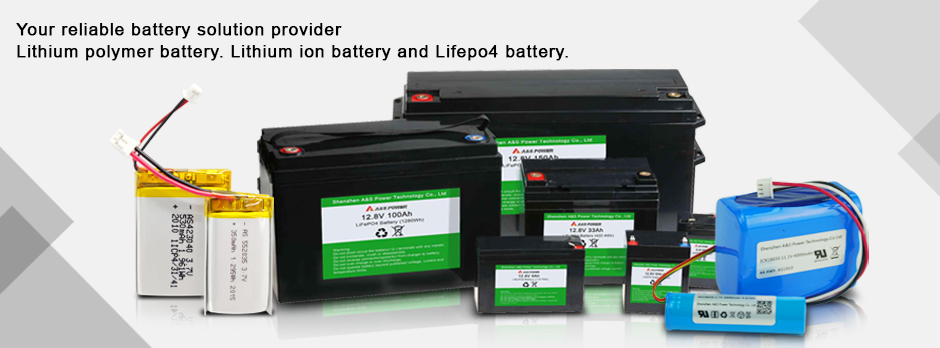Battery
Application
Hot product
Contact us
Anthracite makes anode materials more "lithium"
2022-10-31
Anthracite makes anode materials more "lithium"
How can new energy vehicles have the two superpowers of fast charging and long battery life? The anode material is considered to be the key to "enabling".
Quick charge and quick discharge to see the negative pole
Lithium battery is the absolute protagonist of the power battery industry. It has four components: positive electrode material, negative electrode material, diaphragm, and electrolyte. Scientists at home and abroad are conducting scientific research around these four components.
At present, the positive electrode material system is mainly divided into various technical routes such as lithium cobalt oxide, lithium manganate, lithium iron phosphate and ternary materials, while the negative electrode material is relatively simple. Although there are many technical routes, artificial graphite technology is still the mainstream technology.
In fact, the most criticized problems of lithium batteries, such as slow charging and poor battery life, are related to the positive electrode material, separator, and electrolyte, and the negative electrode material is the main factor, which requires more breakthroughs and has greater potential.
Traditional artificial graphite is the second-generation commercial negative electrode material, which is made of petroleum coke or needle coke through a series of processes such as coating granulation, carbonization and graphitization. Compared with the first generation of natural graphite and other materials, artificial graphite has good cycle performance, excellent high and low temperature performance, high safety and mature technology, which is an ideal choice.
However, the more mature the technical route, the narrower the road ahead. At present, the indicators of anode materials of leading companies in the industry are approaching the theoretical limit, and the room for improvement in the future is very limited. Due to the limitations of artificial graphite made of needle coke and petroleum coke, lithium battery manufacturers are developing third-generation technologies.
In 2016, with the support of provincial funds, the 709 research group tried to explore the technical route of making artificial spherical graphite from anthracite. After 5 years, it has mastered the basic theoretical knowledge and engineering experience of coal-based artificial graphite, which is a coal-based negative electrode material. The rapid development and application of lithium batteries laid the foundation.
Today, this scientific and technological achievement has the necessary conditions to move from the laboratory to the industrial demonstration line. The theoretical capacity of traditional needle coke and petroleum coke-based anode materials is 372 milliampere-hours per gram (mAh/g), while the coal-based fast-charging anode materials developed by the 709 research group can exceed this theoretical value. The unique structure allows lithium Fast battery charging and fast discharging become a reality.
After evaluation, the initial storage capacity of the coal-based fast-charging anode material developed by the 709 research group has exceeded the theoretical specific capacity of 372 mAh/g, and it can also meet the requirements of fast charging at 5C (C represents the ratio of the current size during charging and discharging of the battery). The specific capacity can reach 365~375mAh/g for the first time, which is 5%~10% higher than that of the fast charging products in the market; the capacity retention rate is 10%~20% higher than that of the commercial products at the same high rate; the charging time can be shortened to 20% Within minutes, less than 3,000 yuan / ton of anthracite was transformed, and its value increased by more than 20 times.
With the rapid expansion of the lithium battery market, the technology of the industry is changing with each passing day, and the update is extremely fast. The leading companies in the industry are all in full swing to deploy the next generation of anode materials, and the 709 research group has also put the industrialization on the agenda.
Follow us and explore more! 👉 Facebook












